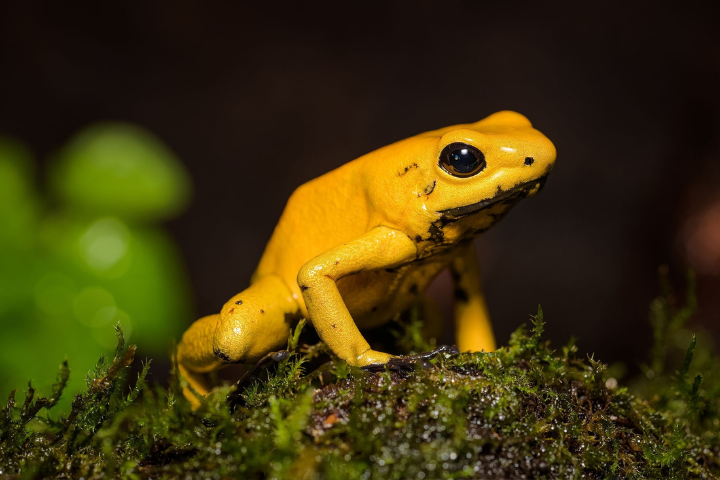When we think of the most dangerous animal in the world, images of ferocious lions, powerful sharks, or venomous snakes often come to mind. These predators, with their sharp teeth, potent venom, and sheer strength, certainly inspire fear. However, the true holder of the title “most dangerous animal” is neither large nor intimidating in appearance. In fact, it’s a tiny insect that many of us encounter regularly—the mosquito.
Despite its minuscule size and seemingly insignificant presence, the mosquito is responsible for more human deaths each year than any other creature on the planet. This unassuming insect is a prolific carrier of deadly diseases such as malaria, dengue fever, Zika virus, West Nile virus, and yellow fever, among others. The mosquito’s ability to transmit these diseases with a single bite has resulted in millions of deaths and countless cases of illness annually.
This lethal efficiency, combined with their widespread presence across the globe, solidifies the mosquito’s position as the most dangerous animal in the world. In this article, we will delve into the reasons why the mosquito is such a formidable threat to human health, examining the various diseases it spreads, its breeding habits, and the challenges faced in controlling its population.
By understanding the dangers posed by mosquitoes, we can better appreciate the ongoing global efforts to combat these tiny, yet deadly, creatures.
The Mosquito: A Silent but Lethal Threat
The mosquito earns its reputation as the most dangerous animal in the world because it is a vector for several deadly diseases, including malaria, dengue fever, Zika virus, and yellow fever. These diseases are transmitted when mosquitoes bite humans to feed on their blood.
The most dangerous species of mosquitoes belong to the genera Anopheles, Aedes, and Culex. The Anopheles mosquito, for instance, is the primary vector for malaria, a disease that causes over 400,000 deaths annually.
Global Impact of the Most Dangerous Animal in the World
Mosquitoes, the most dangerous animal in the world, are found in nearly every part of the globe, making their impact widespread. According to the World Health Organization (WHO), mosquito-borne diseases cause over 700,000 deaths each year, with millions more suffering from the illnesses they spread.
The burden of these diseases is particularly heavy in tropical and subtropical regions, where warm climates provide ideal breeding grounds for this most dangerous animal in the world.
The Fight Against the Most Dangerous Animal in the World
Various strategies have been implemented to control the population of the most dangerous animal in the world and reduce the spread of mosquito-borne diseases. These include the use of insecticide-treated bed nets, indoor spraying of insecticides, and the elimination of standing water where mosquitoes breed.
Recent advancements in genetic engineering have also led to the development of genetically modified mosquitoes designed to reduce populations of this most dangerous animal in the world.
Challenges in Eradicating the World’s Most Dangerous Animal
Despite these efforts, eradicating the diseases spread by the most dangerous animal in the world remains a significant challenge. Mosquitoes have developed resistance to many insecticides, and the effectiveness of control measures can be limited in areas with poor infrastructure and healthcare access. Additionally, climate change is expanding the range of mosquito habitats, potentially increasing the risk of disease transmission by the most dangerous animal in the world in previously unaffected regions.
While larger and more fearsome animals capture our imaginations, the true threat to human life comes from the tiny mosquito—the most dangerous animal in the world. As the deadliest animal in the world, it continues to claim hundreds of thousands of lives each year. Addressing this global health challenge requires continued innovation and cooperation to control the world’s most dangerous animal and combat the diseases it spreads





GIPHY App Key not set. Please check settings